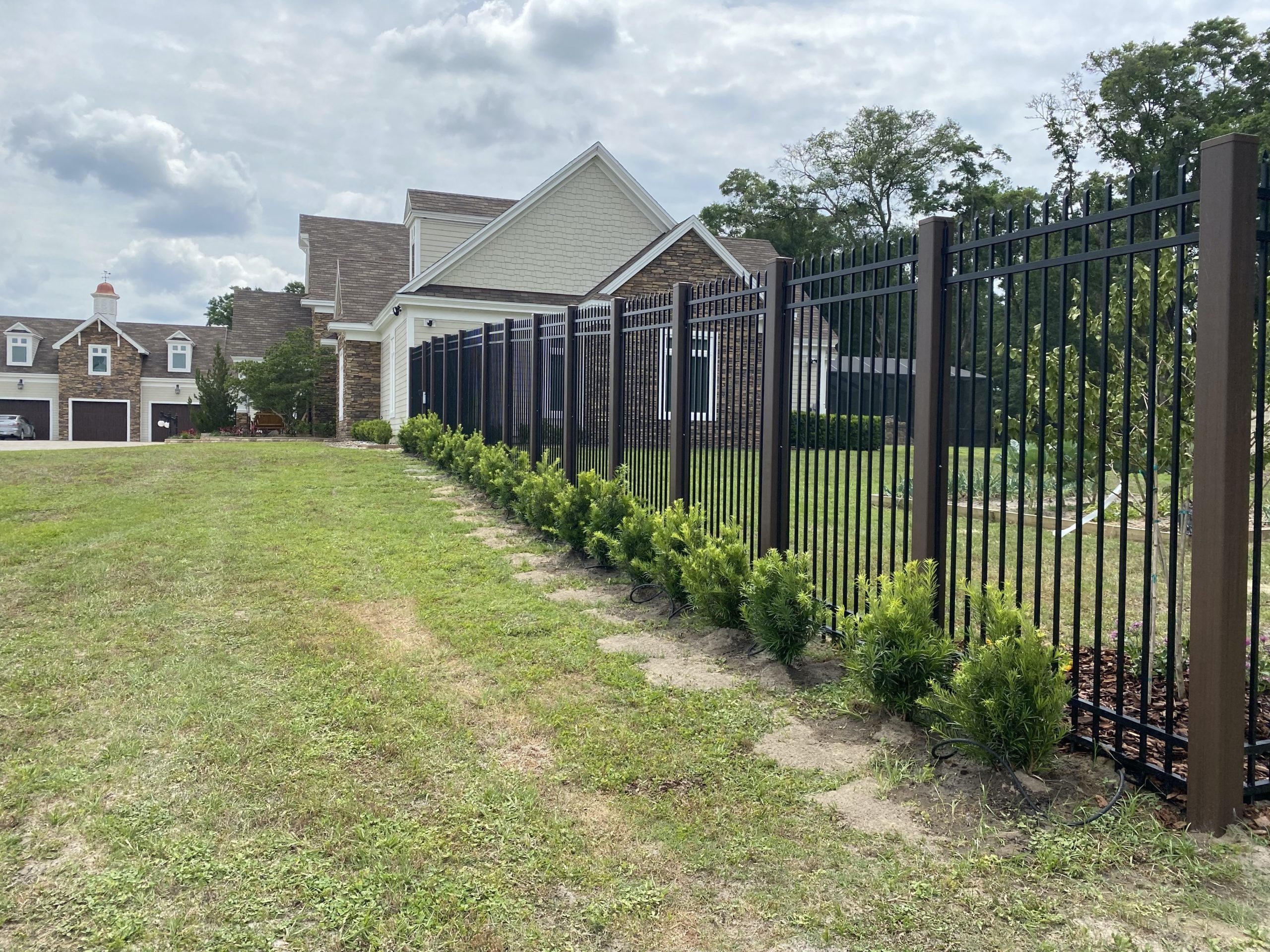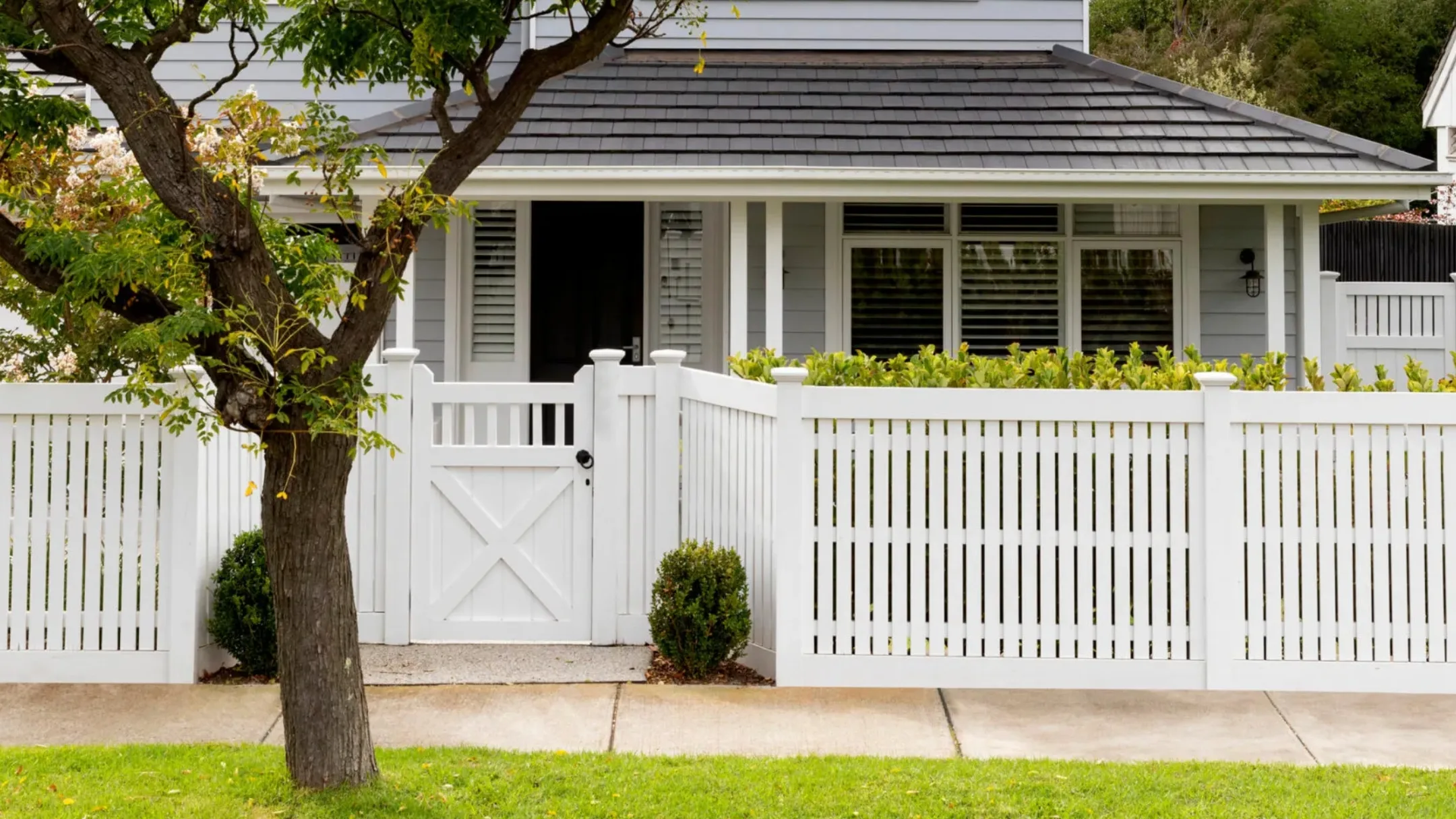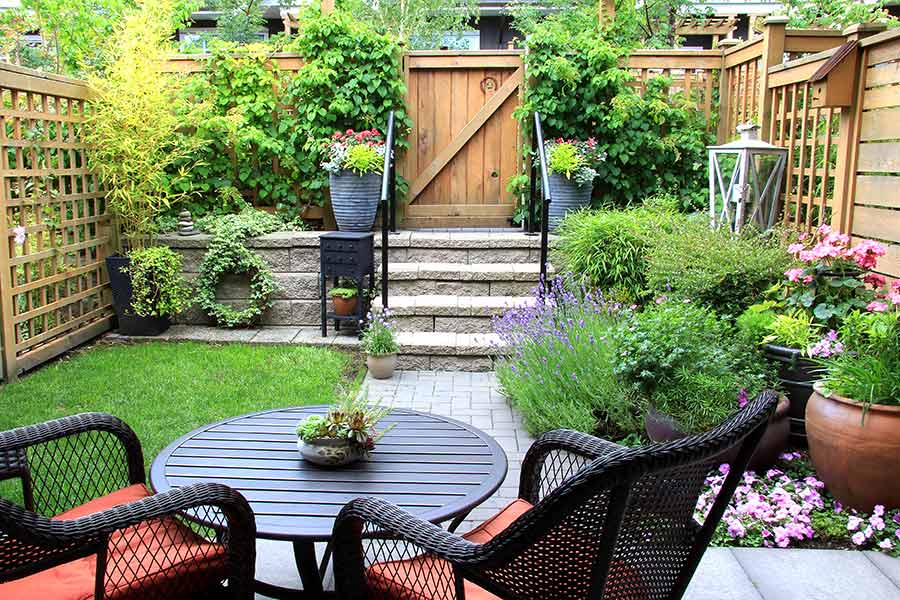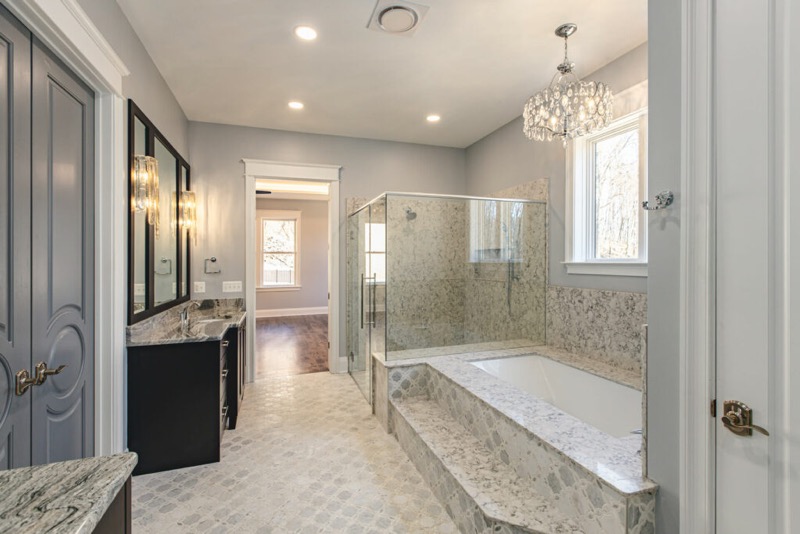Master the Art of Interior Design Layout Planning
Master the Art of Interior Design Layout Planning is the backbone of any successful interior design project. It’s about more than just arranging furniture in a room—it’s about creating a space that flows naturally, suits the functional needs of the people who live there, and expresses a cohesive style. Proper layout planning ensures that every square foot of your space is optimized to its full potential, making it as comfortable, efficient, and aesthetically pleasing as possible.
Whether you’re designing a cozy apartment or a spacious home, understanding the key principles of Interior Design Layout Planning can dramatically elevate your design. In this article, we’ll explore the foundational elements of Interior Design Layout Planning, how to avoid common mistakes, and offer practical tips to help you master the art of creating a harmonious and functional space.

Why Interior Design Layout Planning Matters
The layout of your space affects how you live in it, interact with others, and even how you feel. Poor layout choices can make a room feel cramped, chaotic, or impractical. Conversely, a well-thought-out layout enhances comfort and usability, creating an environment that is both functional and beautiful. In essence, Interior Design Layout Planning is not just about making things look good—it’s about ensuring that the design works in harmony with your daily activities.
The Psychological Impact of Layout
Your surroundings influence your mood and productivity. In Interior Design Layout Planning, it’s important to consider how the layout will make you feel. For example, an open-concept layout may encourage socializing, while a room with defined zones may promote focused activities. The layout can also affect your sense of well-being—bright, airy spaces often evoke feelings of calm and relaxation, while a cluttered or dark layout might leave you feeling drained or tense.
The Practical Side of Layout
Beyond aesthetics, Interior Design Layout Planning addresses the functionality of a space. Think about the flow of traffic in a room, the ease with which you can access important items, and how comfortable and convenient it is to move from one area to another. Great layout planning seamlessly integrates comfort and convenience with design.
Key Principles of Interior Design Layout Planning
1. Define the Purpose of the Space
The first step in any layout planning process is to determine the purpose of the room or space. What activities will take place there? A living room, for example, is meant for relaxation, conversation, and entertainment, so seating should be arranged in a way that encourages social interaction. On the other hand, a home office needs a layout that promotes focus and productivity.
By understanding the primary function of each room, you can make better decisions about how to organize it and what furniture to include. Interior Design Layout Planning involves zoning spaces to suit these functions. For example, you might create a reading nook in a living room or designate a specific area for dining in an open-plan kitchen.
2. Create a Focal Point
Every room needs a focal point—something that draws the eye and anchors the space. In Interior Design Layout Planning, this is often a statement piece of furniture, a fireplace, or a large window with a beautiful view. Once you identify the focal point, arrange the rest of the furniture around it. This creates balance and ensures that the room feels cohesive.
For instance, in a living room, the sofa might face the fireplace or television, while side tables and lamps are arranged to complement the seating area. In a bedroom, the bed typically becomes the focal point, and other elements—such as nightstands and lighting—are arranged to enhance it.
3. Consider Traffic Flow
A crucial element of Interior Design Layout Planning is considering how people will move through the space. Traffic flow refers to the way people walk through a room and how easy it is for them to navigate it. A poor layout can create bottlenecks or awkward pathways, while an efficient layout makes it easy to transition between different areas of the room.
When planning the layout, leave enough space between furniture pieces to allow people to walk freely. Avoid placing furniture directly in high-traffic areas, as this can obstruct movement and make the room feel cramped. Also, consider the entry and exit points—ensure that there is a clear and unobstructed path to each doorway.
4. Use Furniture to Define Zones
If you’re working with an open-plan space, one of the most effective Interior Design Layout Planning techniques is to use furniture to define different zones. For example, in a living/dining area, a sofa can visually separate the living space from the dining area. Similarly, rugs, bookshelves, or even lighting fixtures can help distinguish one area from another without the need for walls.
In smaller rooms, zoning can also be achieved with multifunctional furniture. For instance, a convertible sofa-bed might serve as both seating and sleeping space, while a foldable dining table can serve as a workspace when not in use. These types of flexible furniture pieces are key to maximizing space in small apartments or rooms.
5. Prioritize Comfort and Scale
When arranging furniture, always prioritize comfort and scale. Interior Design Layout Planning isn’t just about how things look; it’s about how they feel. Ensure that the furniture is comfortable to use, and the size of the furniture is proportional to the size of the room. Too large a piece of furniture can overpower a small room, while too small a piece might look out of place in a large space.
Consider the height and width of furniture relative to the dimensions of the room. For example, low-profile sofas are perfect for creating an airy, open feel in a smaller space, while larger, more imposing furniture might be better suited for a more expansive room.
6. Balance and Symmetry
Balance and symmetry are key elements of Interior Design Layout Planning. These concepts create a sense of harmony and order within a room. In a balanced layout, furniture and decor are distributed evenly across the space to avoid visual overload on one side of the room. Symmetry adds structure and formality, which can be particularly effective in traditional spaces.
For instance, in a living room, symmetrical arrangements—such as two identical chairs flanking a sofa—can create a sense of order. In contrast, asymmetry can be used strategically in modern designs to create visual interest, but it’s important not to overdo it.
7. Light and Shadow Play
Lighting plays a pivotal role in Interior Design Layout Planning. A well-lit space not only feels more inviting but can also highlight key elements of the design. When planning a room layout, consider both natural and artificial light sources. Large windows should be maximized to bring in daylight, while carefully placed lamps or ceiling lights can illuminate key areas of the room.
The direction of light can also affect how the room feels. For example, rooms with south-facing windows will receive more sunlight during the day, making them brighter and more inviting. In contrast, north-facing rooms may require more artificial lighting, which can be a great opportunity to add dramatic light fixtures or warm, ambient lighting.
8. Personalization and Style
Your layout should reflect your personality and style. Interior Design Layout Planning is not just about following rules; it’s about making the space your own. Add personal touches like artwork, family heirlooms, or unique furniture pieces that resonate with you. These personal elements make a room feel like home.
Don’t be afraid to experiment with colors, textures, and decor. Mixing and matching different styles—like contemporary with rustic or mid-century modern with industrial—can create an eclectic, yet cohesive, look. Ultimately, your layout should represent your taste and lifestyle.
Common Mistakes to Avoid in Interior Design Layout Planning
While Interior Design Layout Planning can be an exciting process, it’s also easy to make mistakes that affect the functionality and flow of a space. Here are some common missteps to avoid:
- Ignoring Traffic Flow: One of the biggest mistakes is not considering how people will move through the room. Blocked paths or cramped spaces can lead to frustration and discomfort.
- Overcrowding the Room: Too much furniture or decor can make the room feel cramped and cluttered. Always leave room to breathe between pieces.
- Choosing Furniture That’s Too Large or Too Small: Furniture that’s out of scale with the room can make the space feel awkward. Measure carefully before buying new pieces.
- Neglecting Lighting: Poor lighting can make even the best layout feel dreary. Make sure to layer your lighting sources and take advantage of natural light.
Mastering Interior Design Layout Planning is about understanding the balance between aesthetics and function. By carefully considering the purpose of each space, optimizing the flow, and choosing the right furniture and lighting, you can transform any room into a harmonious and efficient space. With a clear plan, you’ll create a space that not only looks beautiful but also works seamlessly for your everyday needs.
Remember, Interior Design Layout Planning is both an art and a science. It requires thoughtful consideration of space, light, and furniture placement, but also creativity and an eye for style. Whether you’re redesigning a single room or an entire home, a well-planned layout will always result in a more inviting, practical, and beautiful living space.


)





